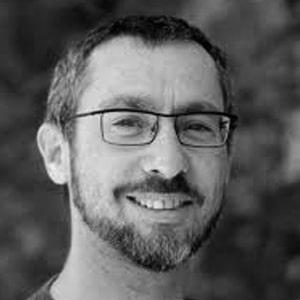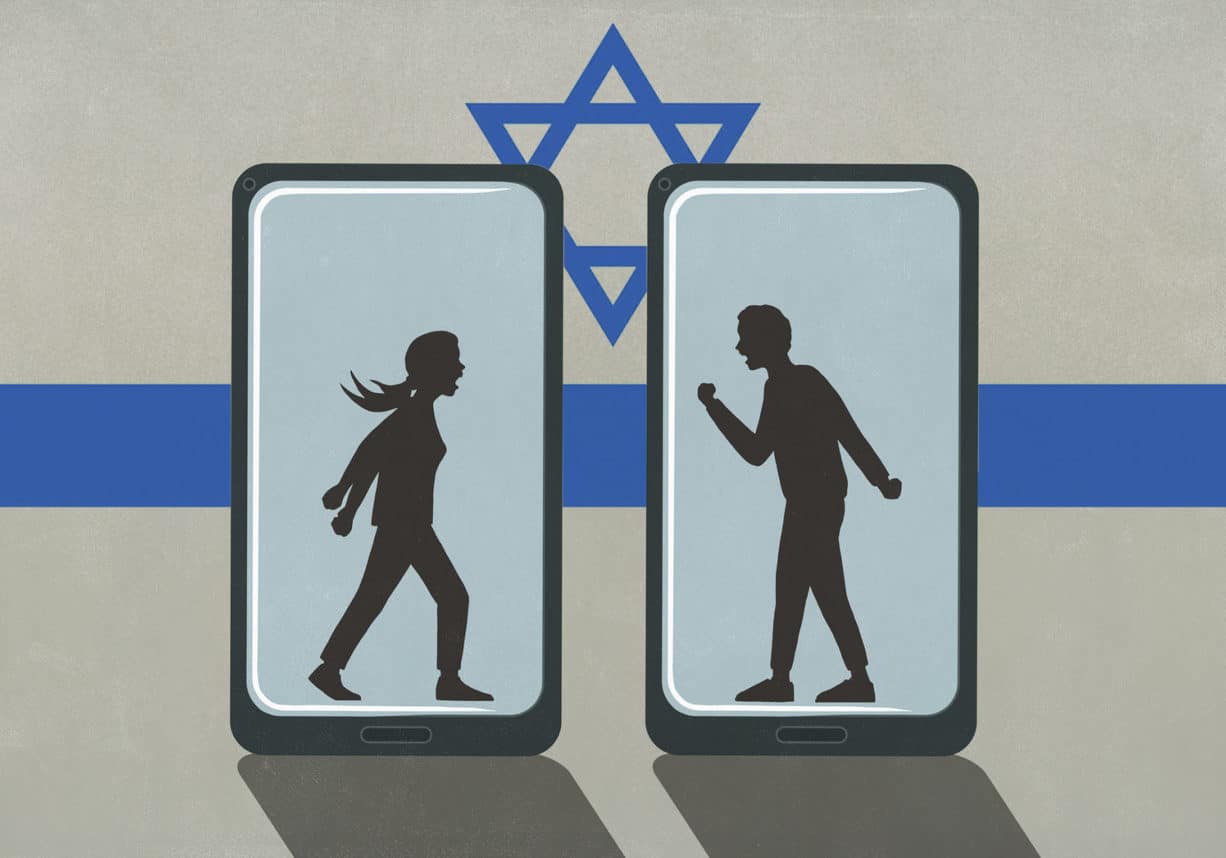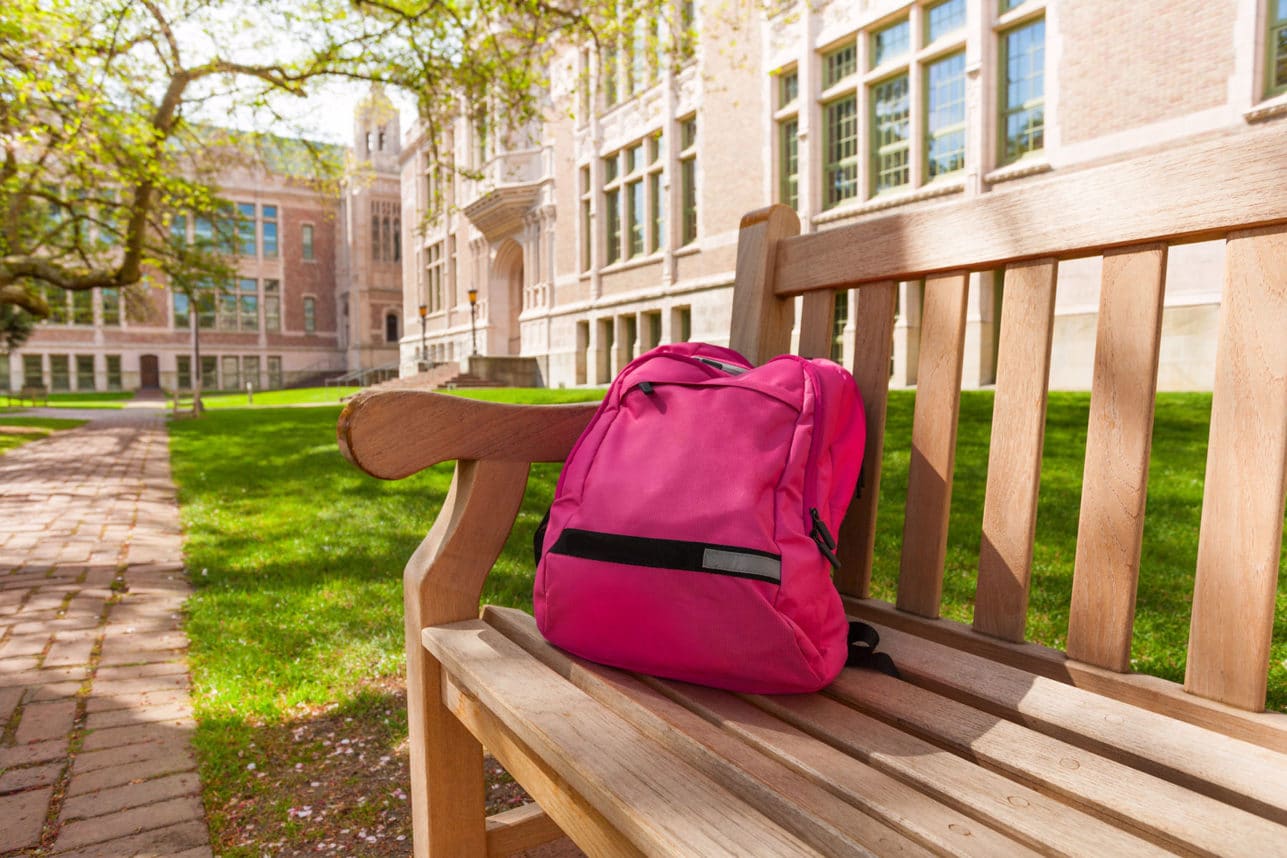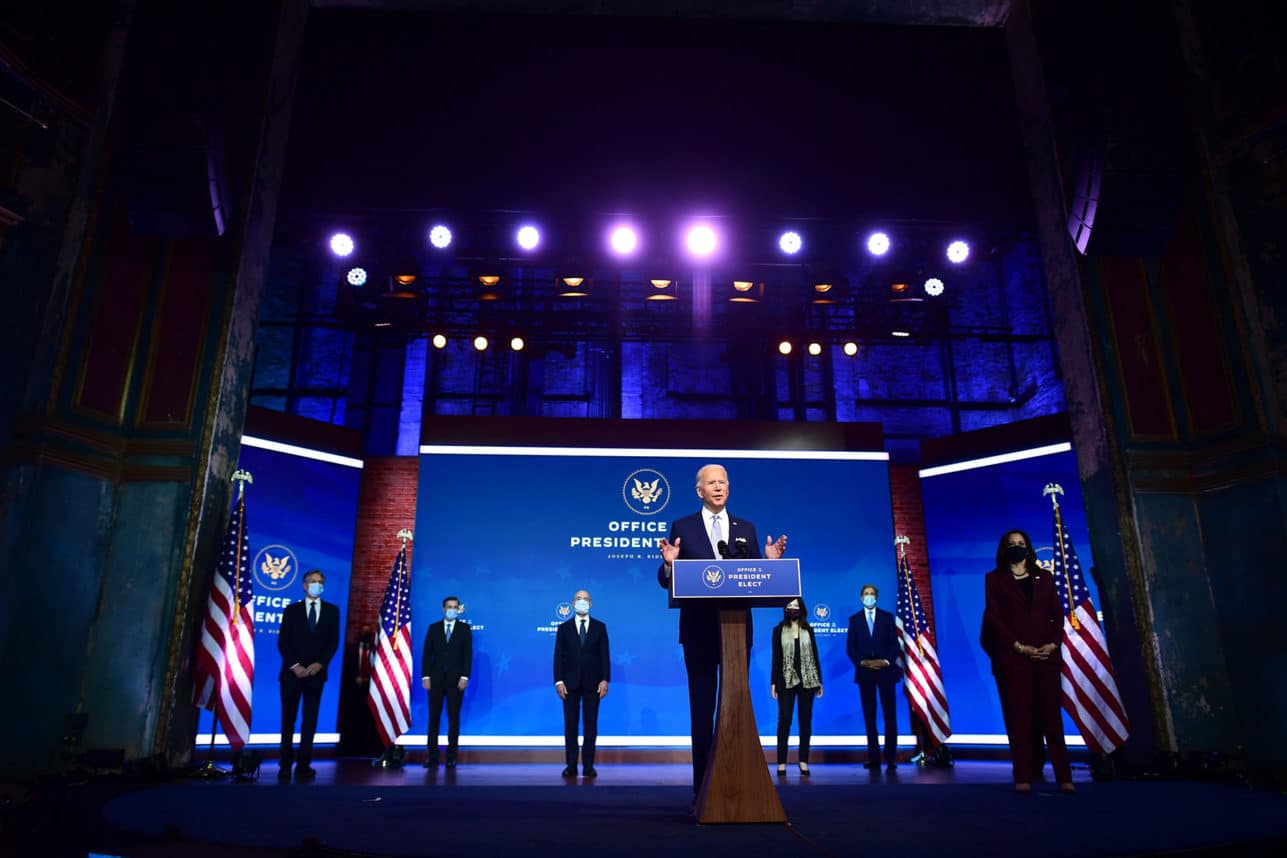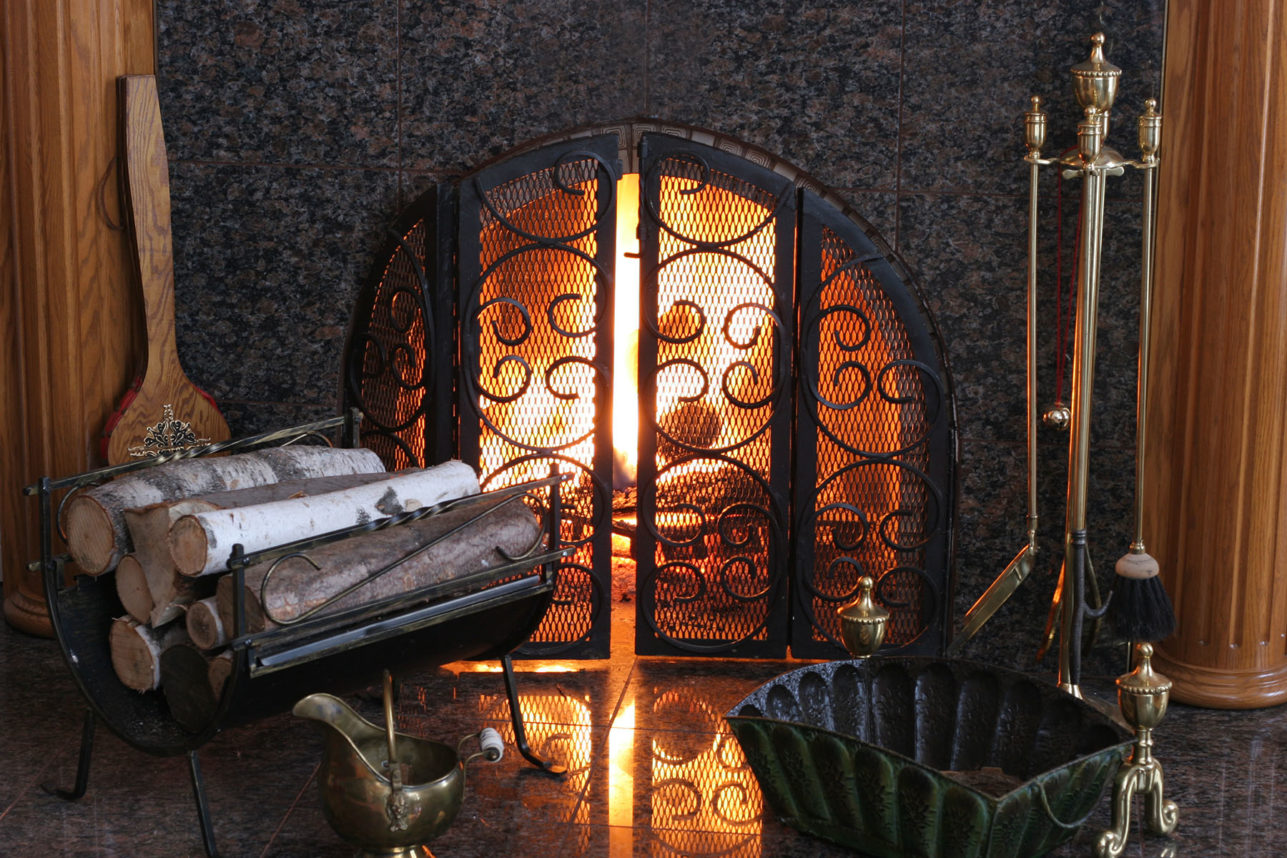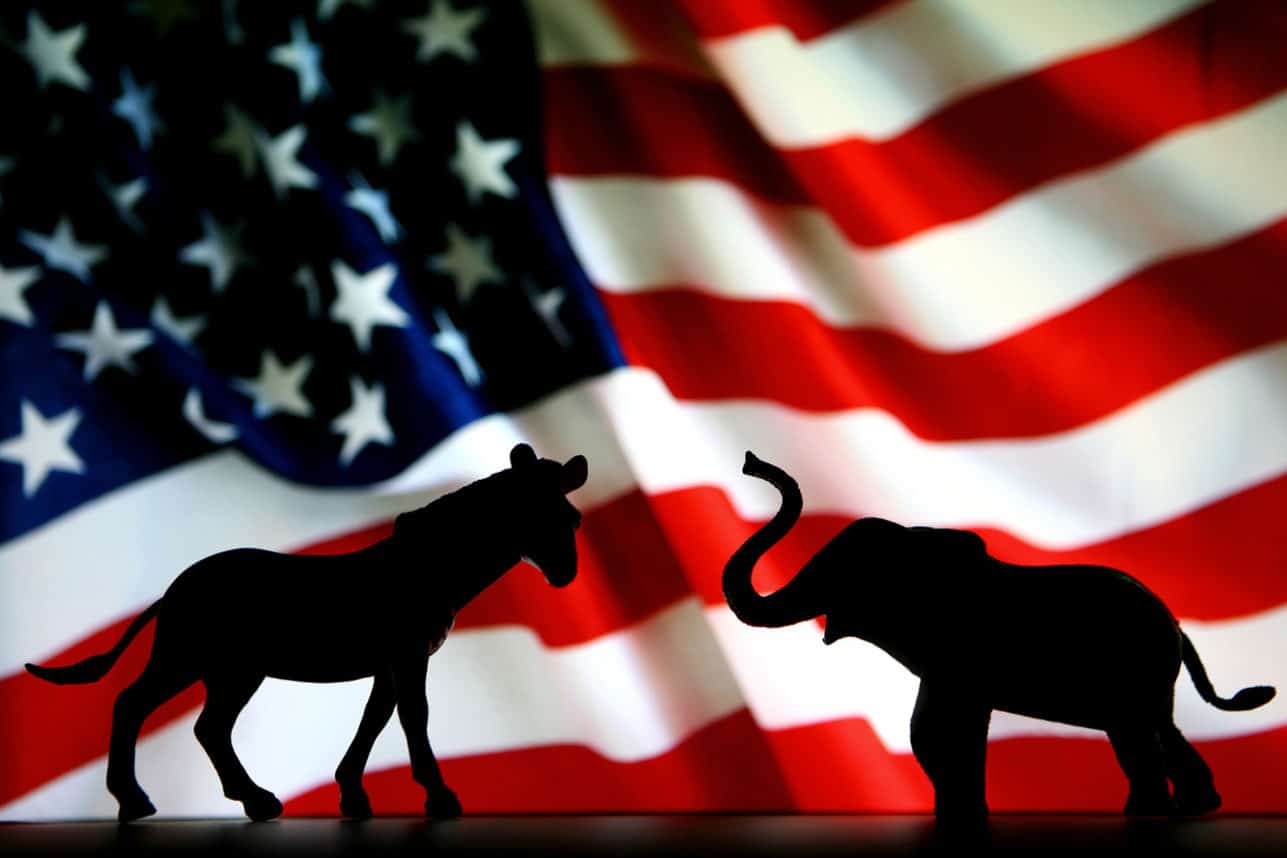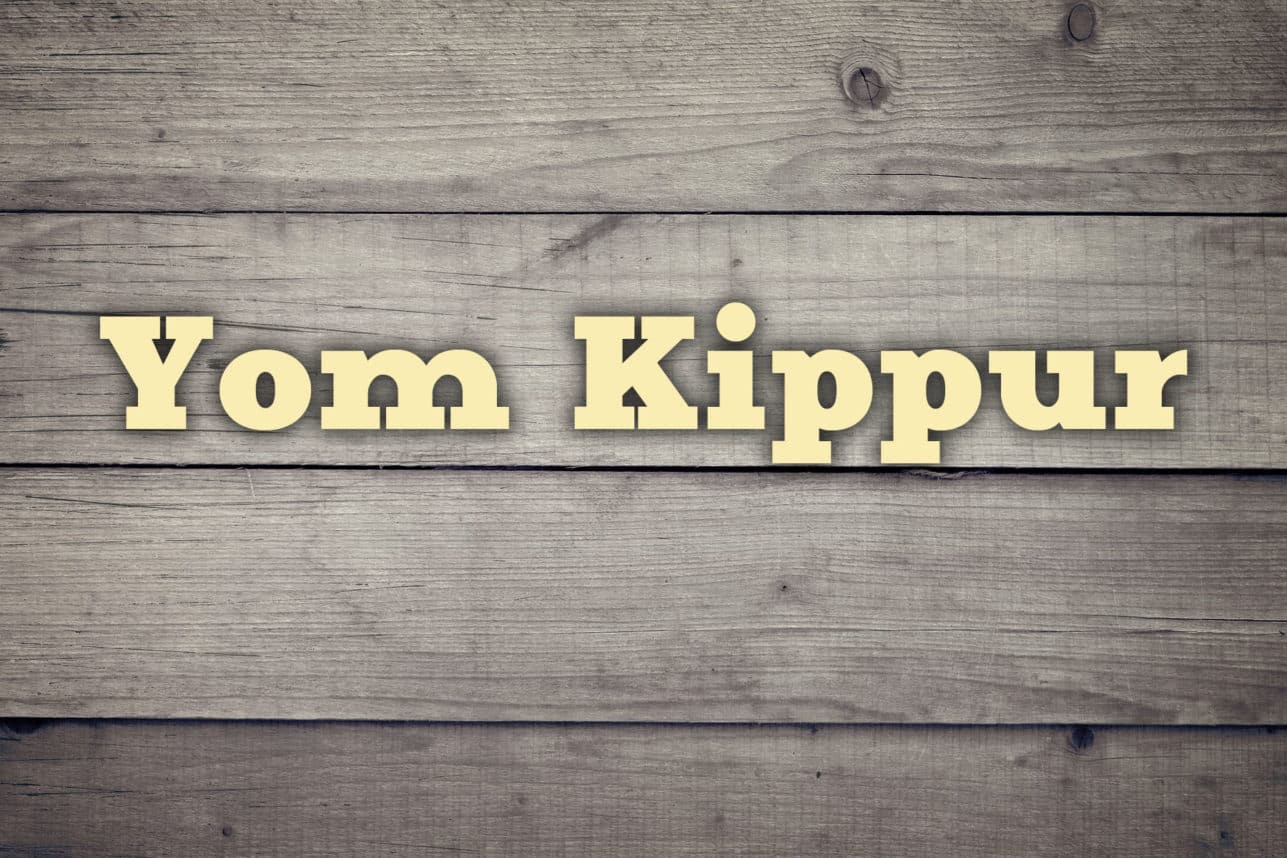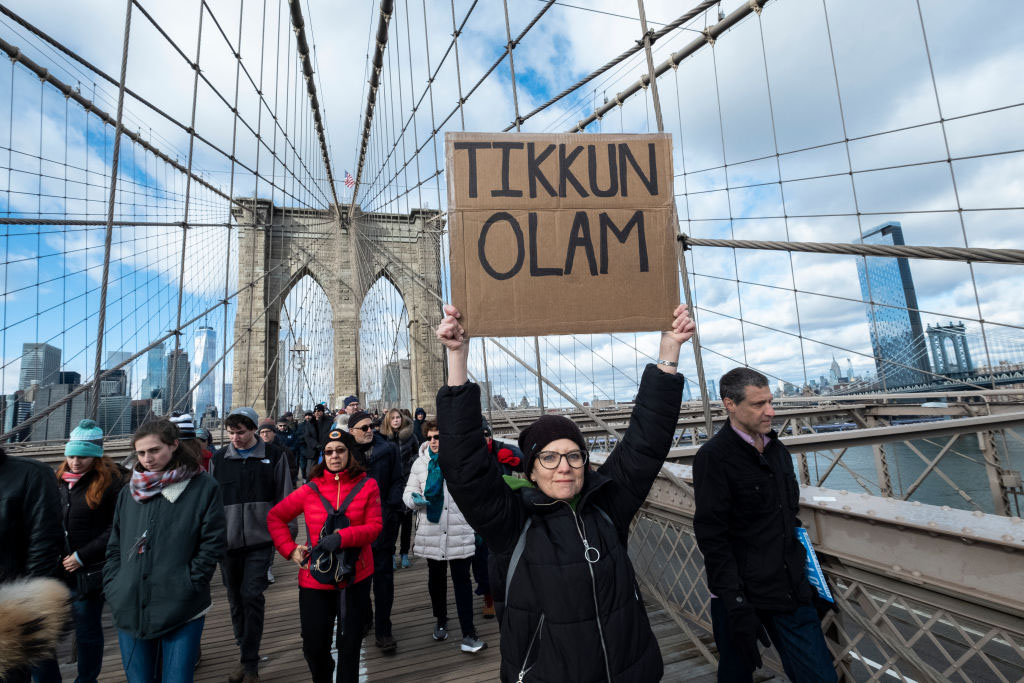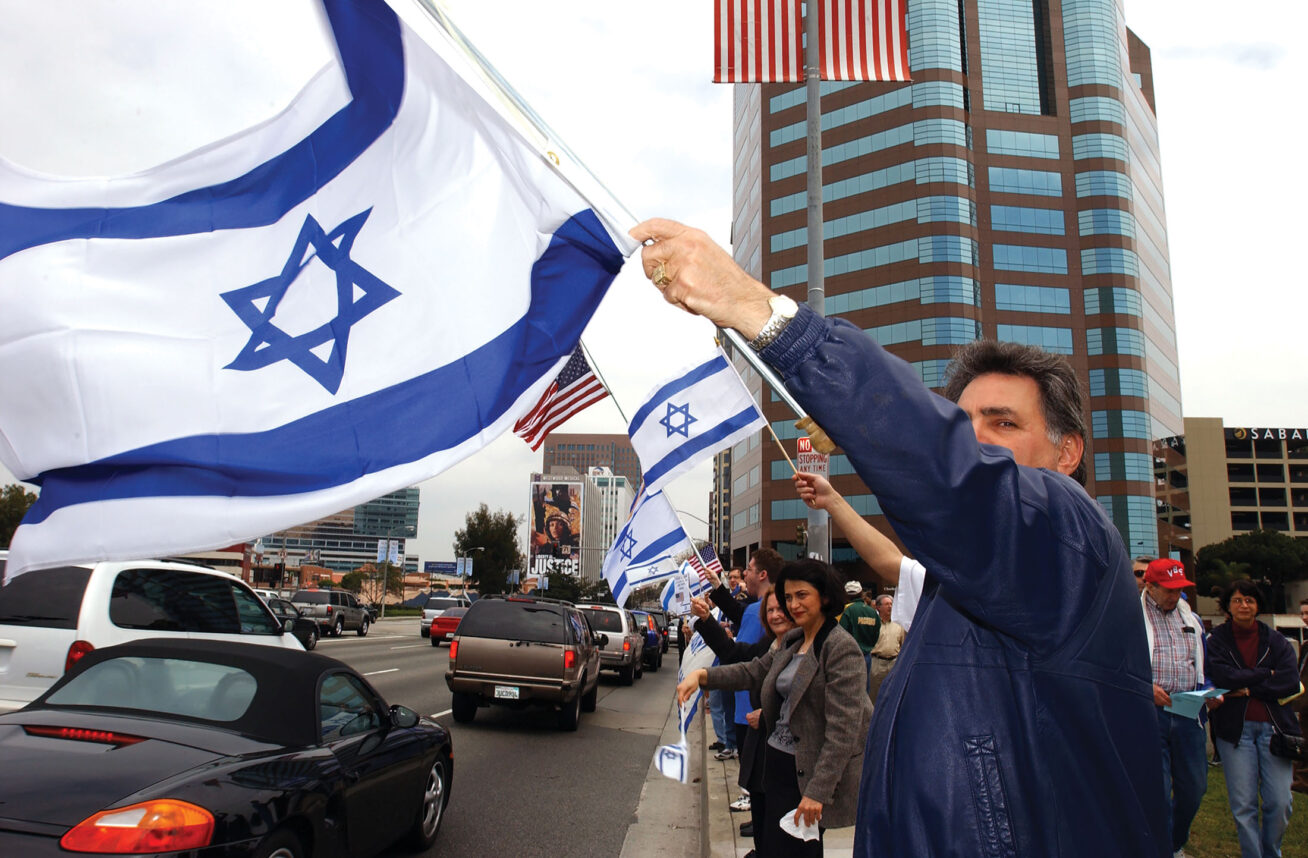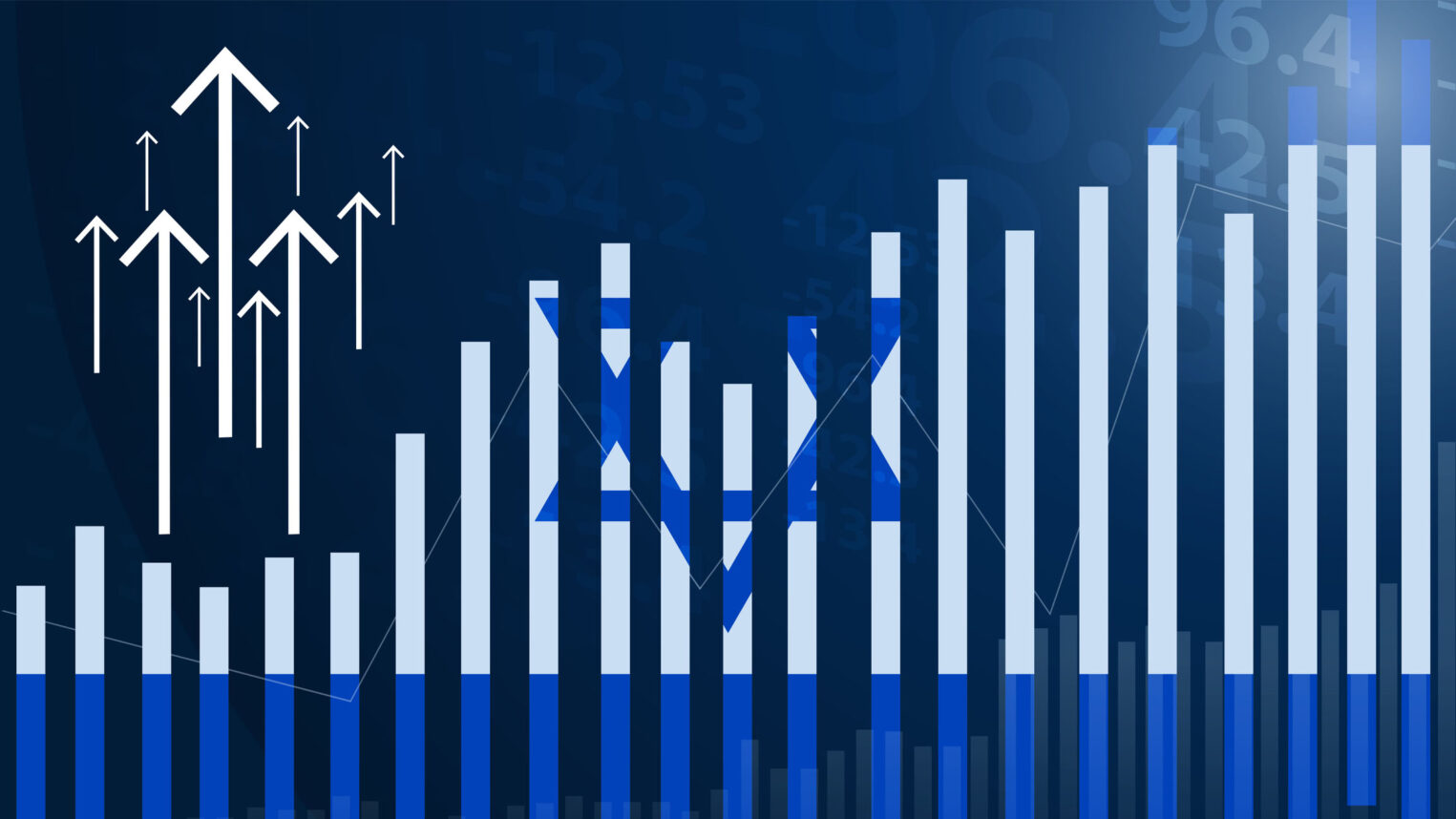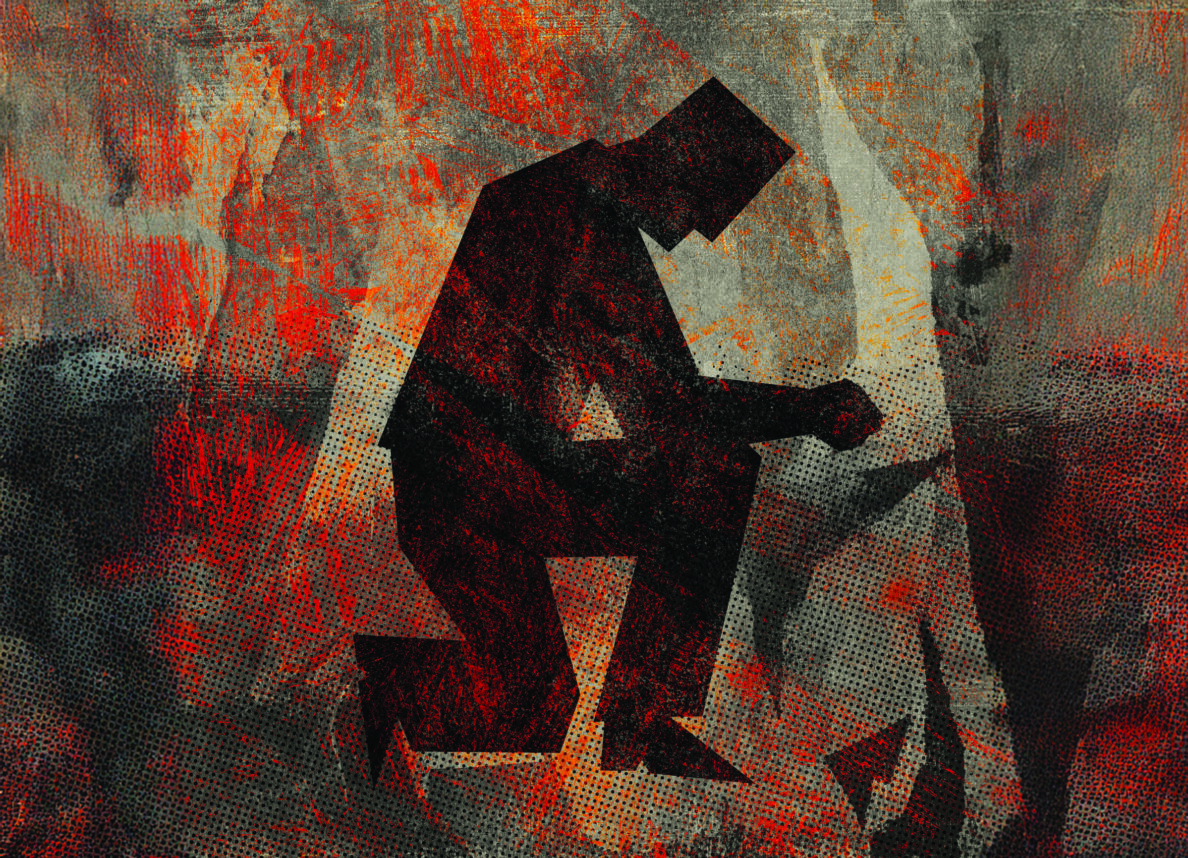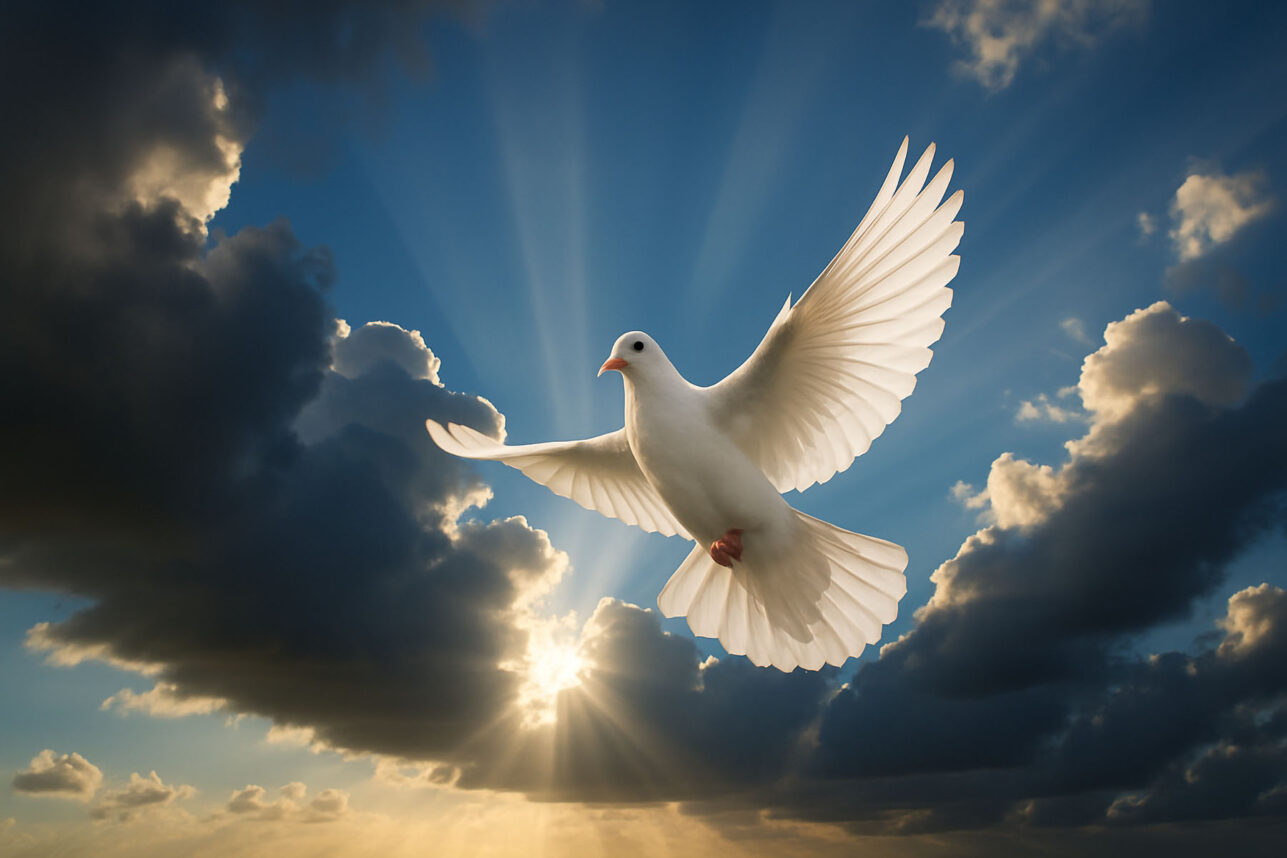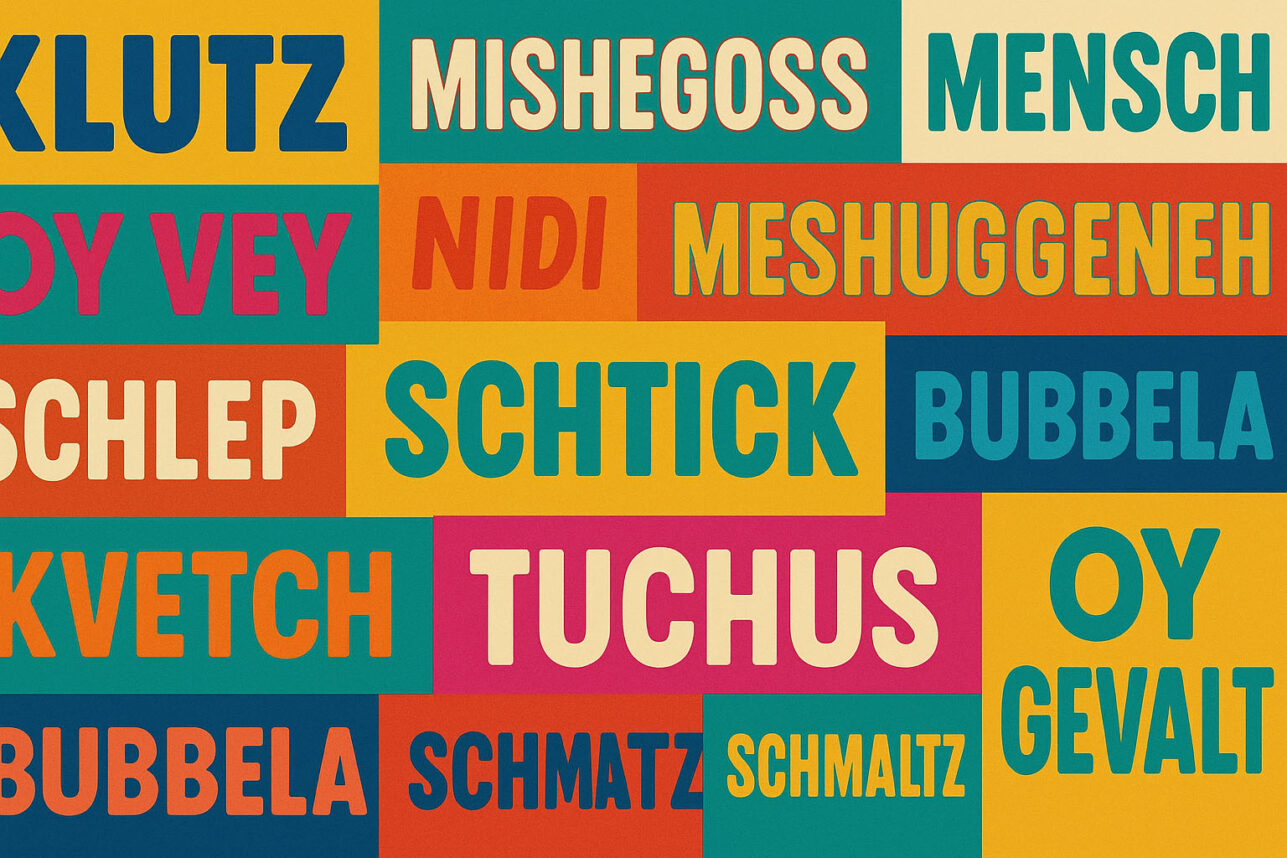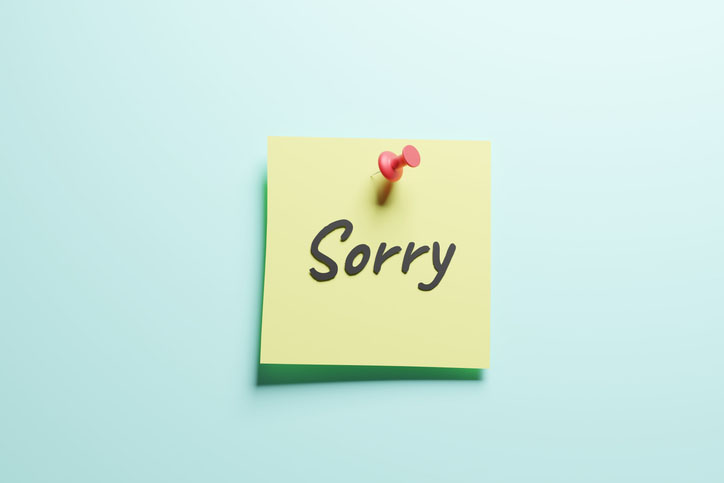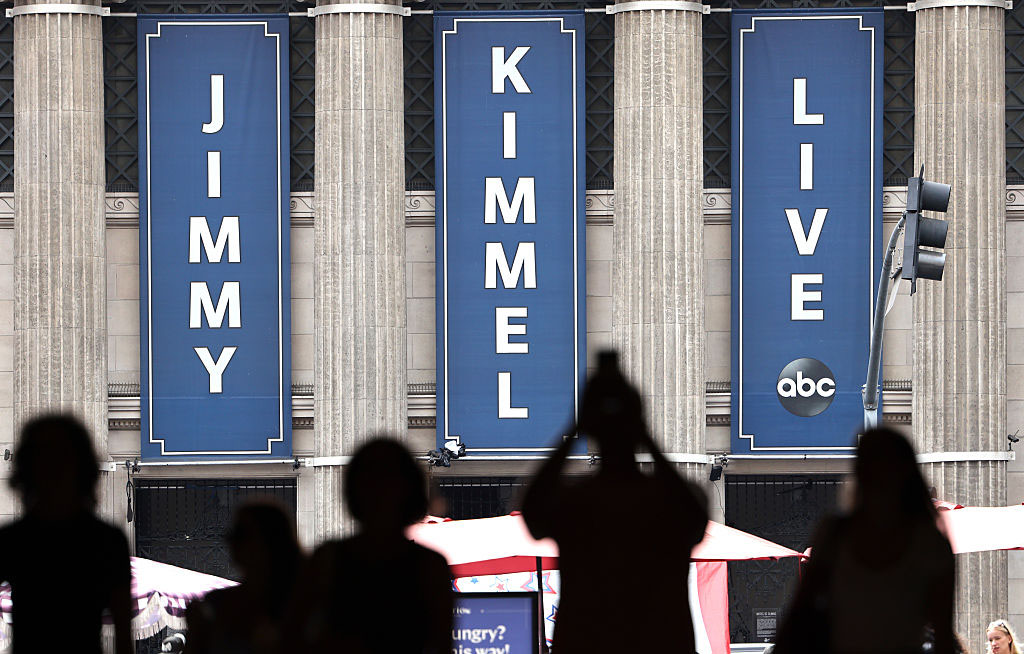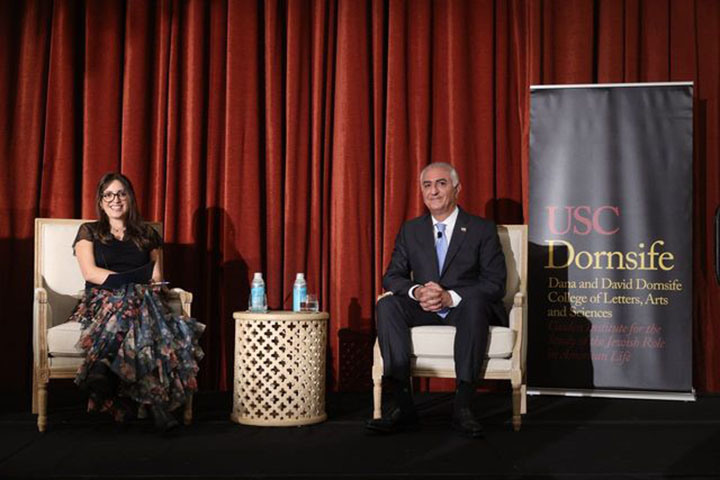Joseph Berger has been a New York Times reporter, columnist, and editor for thirty years. He is the author of numerous books including Displaced Persons: Growing Up American After the Holocaust, which was a New York Times Notable Book; The World in a City: Traveling the Globe Through the Neighborhoods of the New New York; and The Young Scientists: America's Future and the Winning of the Westinghouse. He lives in Westchester County, New York.
This exchange focuses on Mr. Berger’s critically acclaimed new book The Pious Ones: The World of Hasidim and Their Battles with America (Harper Collins, 2014). Part one can be found right here.
***
Dear Mr. Berger,
In round one I asked you about the aspects of Hasidic culture that, as you put it in your book, Americans could “learn from”. Now I’d like to ask you about things that Jewish Americans really should know about the Hasidic community. As a serious demographic force which continues to grow rapidly while other Jewish denominations are shrinking, there’s no way around the fact that the Hasidic Judaism is “becoming an undeniable part of the Jewish landscape”.
But while the numbers are there, it’s difficult to imagine how the Jewish establishment and its leaders can respond to the Hasidic community’s impressive growth rate. Is there any point in talking about integration into the larger Jewish community? While their numbers continue to grow, do you see Hasidic America actually affecting the rest of American Jewry? Do Hasidic leaders have any plans and ambitions concerning the larger Jewish community?
Yours,
Shmuel.
***
Dear Shmuel,
You ask a good question for which there is no easy answer. The fact is that the Hasidic community is growing at an astonishing rate and will come into greater and more intimate contact with more secular Jews, whether either groups wants it or not. Already 60 percent of Jewish children in New York City area are classified as Orthodox, according to a UJA study, a proportion largely driven by the remarkable number of children Hasidic and other ultra-Orthodox Jews have. (I start my book with the story of a Satmar woman named Yitta Schwarz who died in 2011 leaving behind 2,000 living descendants). What we call Williamsburg and Borough Park are likely to expand their boundaries and that will mean more contacts with more secular Jews in Bedford Stuyvesant, Bushwick, Park Slope, and other Brooklyn neighborhoods. The same trends are likely in Ramapo and Monroe in upstate New York.
Integration is not the point. What is important is that secular Jews get to know Hasidim and see them in less stereotyped terms, understand their customs and , philosophies. A secular Jewish woman need not be insulted if she understands why a Hasidic man won’t shake her hand. A secular Jewish family need not be miffed if the Hasidic family next door discourages their children from playing with those of the secular family. Suburban Jews need not get exercised by the numbers of Hasidim walking to a shtibl in someone’s basement on a Saturday morning. These are all manifestations of the Hasidic way of life.
Hasidic leaders want the larger Jewish community to understand their needs and obligations. They are definitely not asking for integration. After all they wall themselves in to keep their followers within the fold. And they have been successful; the rate of defections, despite a number of books by ex-Hasidim, is tiny.
All this ignores the Lubavitch Hasidim, whose mission is to proselytize among other Jews in an effort to get them to be more observant. They have been successful in getting many Jews to worship in Chabad synagogues, to spend a Friday night with their emissaries, to adopt some basic customs like lighting candles. Whether they will have a widespread impact in enticing tens of thousands to become Orthodox remains to be seen.

